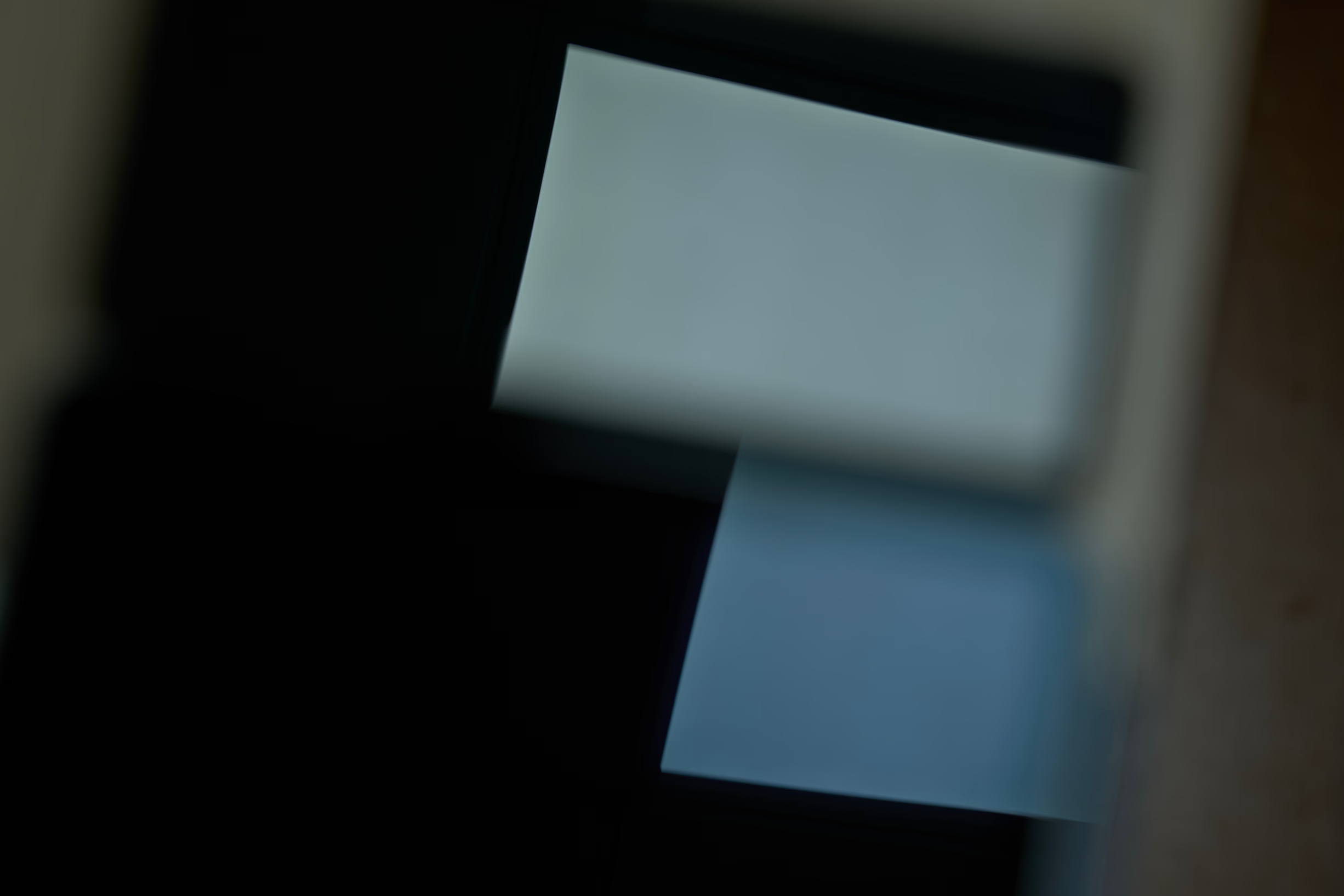Brighter, and Brighter Still
If I recall correctly, from the Realme GT 5 Pro onwards, the peak brightness of mobile phone screens has become increasingly “exaggerated”.
Class-leading screen brightness, breaking new industry records. New luminescent materials paired with aggressive tuning algorithms fear no dazzling sunlight, faithfully restoring light and dark. — Realme GT 5 Pro
Its peak brightness reaches an astonishing 4500 nits, but this is the “local peak activated brightness”, achievable only under very stringent conditions (HDR content, strong light activation, a small window area), and has almost no practical value. The unfortunate part is that this high brightness, despite its lack of practical value, has become a key marketing focus and a crucial point of competition among manufacturers. Some product specification pages might even list only this brightness figure (the Realme Neo 7, with its 6000-nit peak brightness, is an example where other brightness specs might be omitted).
Subsequently, the brightness war extended to full-screen activated and full-screen manual brightness. For instance, OnePlus and Xiaomi both provide an additional “sunlight mode”, allowing users to set the manual brightness even higher. The marketing messages from various companies have unanimously referred to this high brightness as a “sunlight display”, positing that its most practical application on a mobile phone is to enhance readability in bright environments.
Brightness vs. Illuminance
The readability of a screen in high ambient light is very complex. It is related to the displayed content and the electro-optical transfer function, and is a subjective, psychophysical quantity. One of the simplest ways to quantify this is through contrast: the ratio of the brightness when the screen is displaying white to its brightness when displaying black. Here, ‘brightness’ refers to the combined luminance, which includes the ambient light reflected by the screen.
$$ \text{luminance}=\frac{\text{illuminance}*\text{reflectance}}{\pi}+\text{display luminance} $$In the formula above, reflectance is the SCI (Specular Component Included) reflectance. Assuming the screen is under an infinitely large and uniform dome of light (such as outdoors), the luminance of the reflected light can be estimated by dividing by $\pi$.
As illuminance increases, the contrast ratio drops rapidly (note that the y-axis in the graph below is on a logarithmic scale), leading to poor outdoor screen readability. This is perceived as the screen being difficult to see, or not appearing sufficiently ‘clear’ or ’translucent’.
The typical illuminance on a sunny day outdoors is approximately 50,000 lx. The reflectance of uncoated glass, including the specular component, is about 5%. Under these conditions, the contrast ratio is only around 2:1, and increasing the screen’s brightness has a limited effect.
An Alternative Approach: Reducing Screen Reflectance
As the calculation above shows, increasing the contrast ratio is not solely achieved by increasing brightness; it can also be done by reducing the screen’s reflectance, which is possible through coatings. In fact, the iPad has featured an anti-reflective coating for a long time, and it is often highlighted in various comparison tests. Its reflection pattern presents as a dim, purplish-red colour. The iPhone, however, does not have this (perhaps due to durability concerns or the difficulty of applying coatings to Ceramic Shield glass). Samsung has already implemented this on its phones, and vivo made an attempt with the X100 Ultra by offering users a screen protector with an anti-reflective coating.
Using this technology, the screen’s reflectance can be lowered to under 2% (according to tests by DxO). Reducing screen reflectance is a relatively efficient method for improving the contrast ratio, with an effect equivalent to increasing the screen brightness to over 4000 nits.
It is worth noting that on modern mobile phones, almost all sensors are located beneath the screen or a screen protector. Vivo mentioned that because of the lower reflectance, phones with an anti-reflective film applied require a special firmware update to recalibrate these sensors.
Some Findings and Speculations
The reflectance including the specular component, when measured with an integrating sphere, yields results similar to those from DxO. I happened to have a brand-new iPhone 16 Pro, and its reflectance was significantly higher than that of a well-used Find X6 Pro without a screen protector. I speculate this is due to the properties of the microcrystalline glass (i.e., Ceramic Shield).
Some phones also come with a matte surface from the factory, such as those with ‘paper-like’ displays. Their diffuse reflectance (specular component excluded) is naturally much higher, whereas their total reflectance (specular component included) is comparable to that of standard phones.
Furthermore, all the measurements above were conducted after wiping the screen completely clean. If the screen is smudged with fingerprints or grease, the reflectance will increase significantly, in particular introducing undesirable textures and anisotropic stray light. The display quality of demonstration phones in retail stores, which have been handled by many people, or of phones belonging to users who are not in the habit of cleaning their screens, will be noticeably degraded.
A well-worn and heavily-rubbed iPad Pro 2021, which is equipped with an anti-reflective coating, has a reflectance of approximately 2%. However, below 400 nm, its reflectance soars to around 20%. Compared to the Find X6 Pro, its reflection is darker and more blueish.





